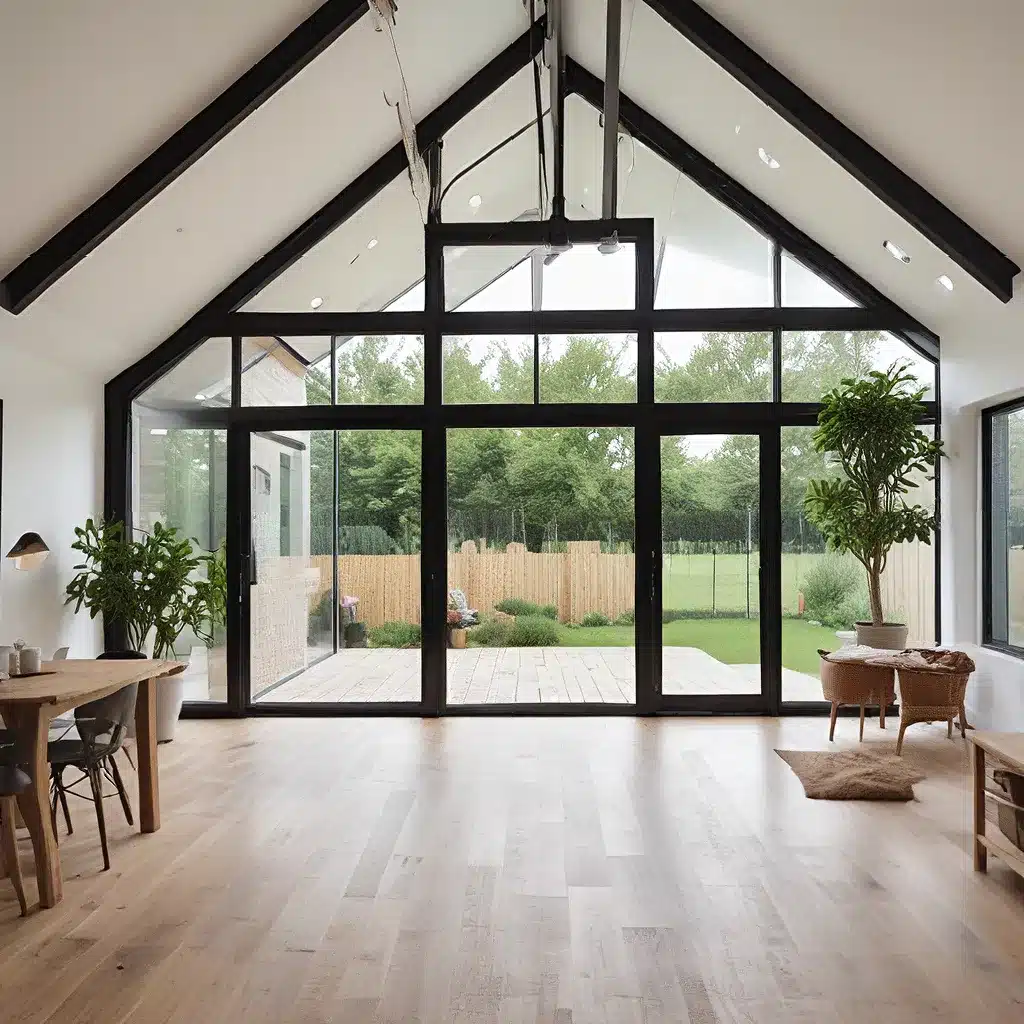
Ah, the alluring prospect of extending your home – transforming it into that dream haven you’ve always envisioned. But before you dive headfirst into this exciting journey, let’s take a step back and explore the all-important topic of budgeting. After all, the financial implications of a home extension can make or break your grand plans.
Understanding the Cost Factors
The first step in your budgeting journey is to grasp the key factors that influence the overall expenditure. The size and complexity of your extension, the number of floors, and whether you’ll need planning permission – these elements can all have a significant impact on the final price tag.
Regional variations and the team you assemble to bring your vision to life can also play a crucial role. But fear not, with some strategic planning, you can navigate these financial waters and ensure your extension ambitions stay firmly within your budget.
Prioritizing Your Needs
When drafting your extension blueprint, it’s essential to segregate your must-haves from the desirable extras. Be open and upfront about your priorities, and let your designer work their magic to tailor the project to your financial constraints.
Remember, sometimes reducing the dimensions of your extension can give you the fiscal flexibility to ensure superior build quality. And don’t forget to explore mortgage options like those from the Ecological Building Society, which may offer lower rates for energy-efficient properties.
Navigating the Paperwork
One way to minimize the bureaucratic and financial burdens of your extension project is to explore the option of permitted development rights. Obtaining a Certificate of Lawful Development can streamline the process and save you a significant amount of time and money.
Additionally, it’s advantageous to informally consult with your local planning department to assess whether your intended design aligns with their guidelines. This proactive step can potentially help you bypass the costs associated with multiple planning applications.
Embracing Energy Efficiency
When it comes to your extension, energy efficiency should be a top priority. Investing in high-impact, long-lasting elements like energy-efficient windows, roof tiles, and durable exterior finishes can not only enhance your property’s aesthetic appeal but also optimize its market valuation.
Delving deeper, a comprehensive energy assessment and a detailed cost plan can help you balance the outreach of various energy-efficiency solutions with their return on investment. From underfloor heating and heat pumps to solar panels, these eco-friendly upgrades can significantly reduce your operational costs in the long run.
Design and Construction Strategies
Clever design choices can go a long way in streamlining your budget. Opting for simple geometric footprints, such as rectangles and squares, can prove more cost-effective than complex shapes. Additionally, seeking out talented architects who offer fixed-price packages can eliminate unpredictability in your planning expenditure.
Furthermore, designing ingeniously to prevent the need for complex foundations can lead to substantial savings in the groundwork, which is often one of the costlier aspects of construction.
Tapping into Sustainable Solutions
When it comes to your eco-home retrofit or extension, embracing sustainable solutions can not only reduce your carbon footprint but also optimize your budget. From eco-friendly paints and wood varnishes to innovative floor systems like hempcrete, these green choices can play a vital role in minimizing construction emissions while delivering excellent insulation.
Don’t forget to explore government incentives and schemes, such as the Boiler Upgrade Scheme, which can support your shift towards environmentally friendly heating options like heat pumps.
Phased Approach and DIY Opportunities
If your budget is particularly tight, consider a phased approach to your extension project. This allows you to tackle the essential upgrades first, like airtightness and insulation, and then gradually add the more desirable elements as your budget allows.
And for the handy-minded among you, self-managing the project can be a game-changer in terms of cost savings. Just be sure to maintain a keen oversight of tradespeople and timelines to ensure the process stays on track.
Nurturing Neighborhood Relationships
Remember, your extension project doesn’t exist in a vacuum. Fostering amicable relations with your neighbors can lead to a smoother building experience, especially when construction approaches boundary lines and necessitates adherence to the Party Wall Act requirements.
By navigating these social and legal considerations with care, you can avoid potential roadblocks and ensure your extension journey remains as stress-free as possible.
The Rewards of Careful Planning
Crafting your eco-home retrofit or dream extension need not be a daunting financial endeavor. With thorough planning, clear goals, and a strategic approach, you can create a space that is kind to both the planet and your pocket.
Remember, an eco-friendly extension is a vision that marries sustainability with affordability. By incorporating energy-efficient measures, embracing simple design solutions, and exploring creative financing options, you can transform your living environment into the dream haven you’ve always desired.
So, are you ready to embark on this exciting journey? Head over to ABC Home’s home extension and conversion services and let’s make your dream a reality, one budget-friendly step at a time.
















